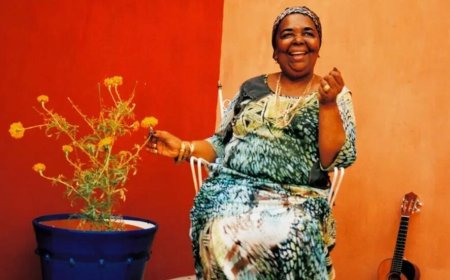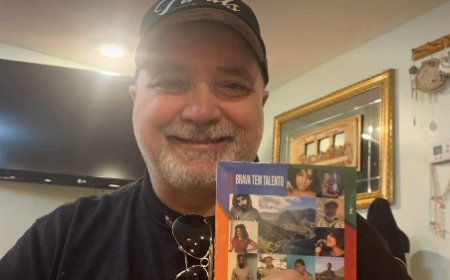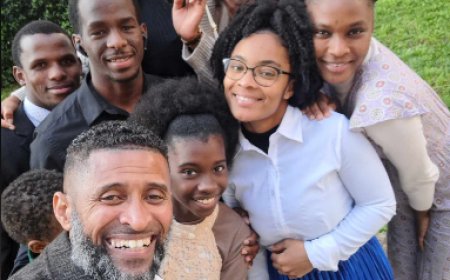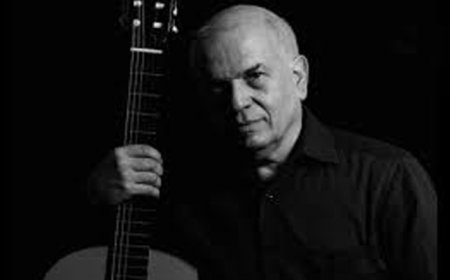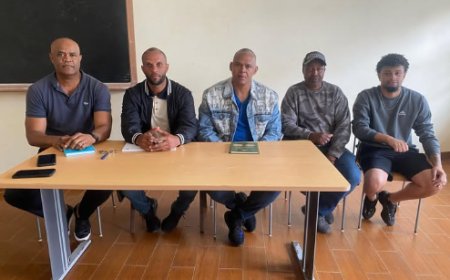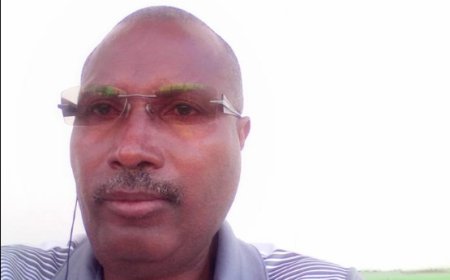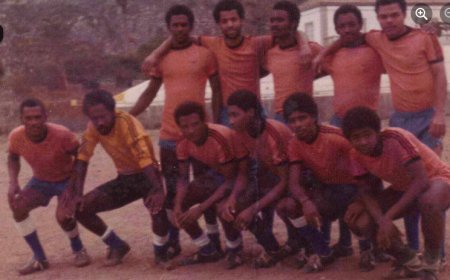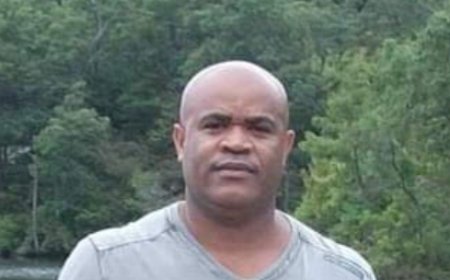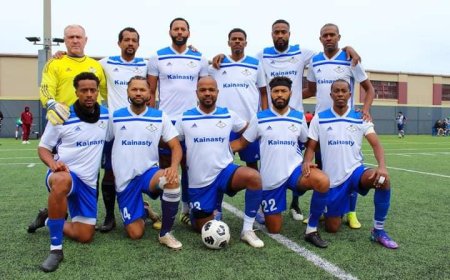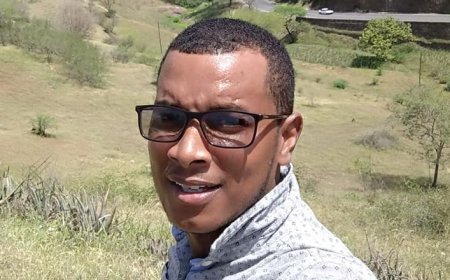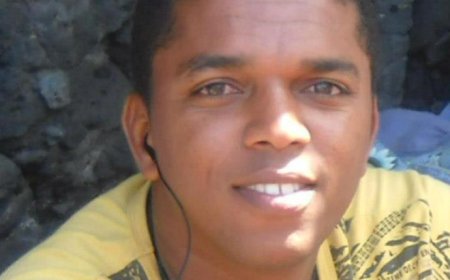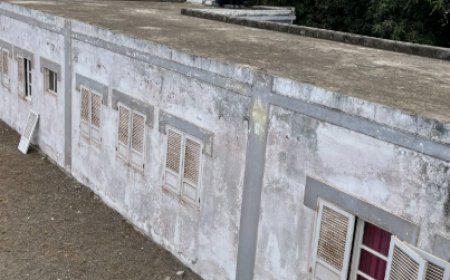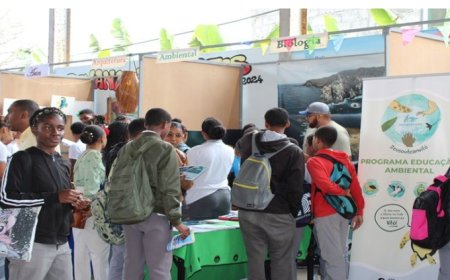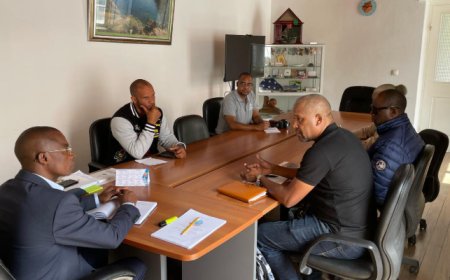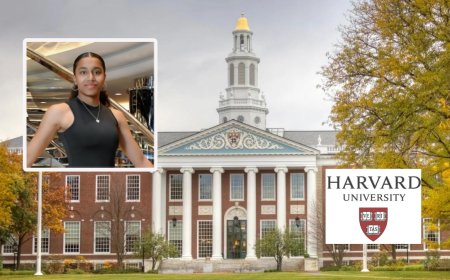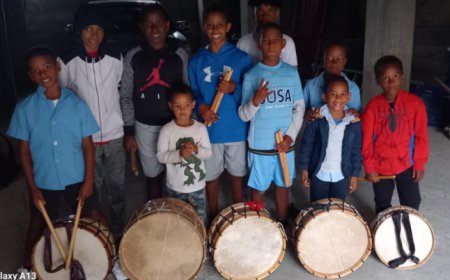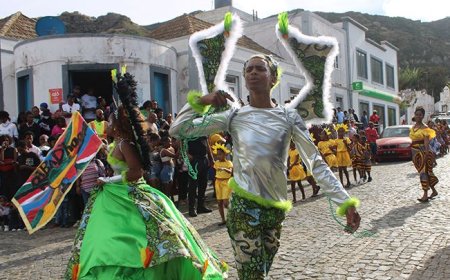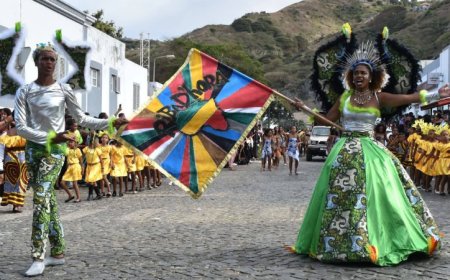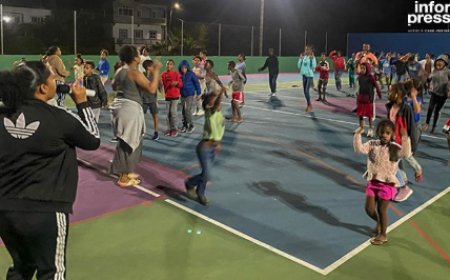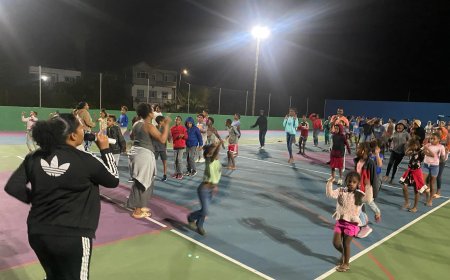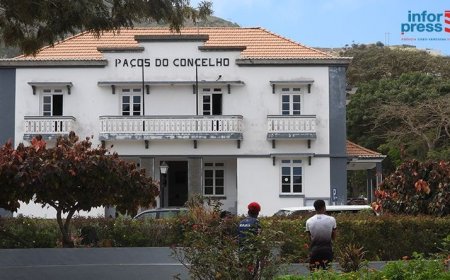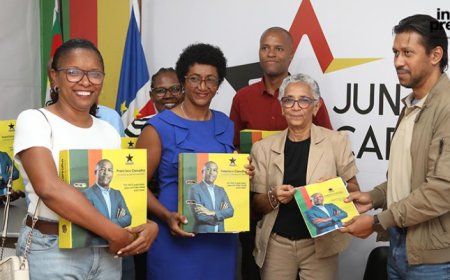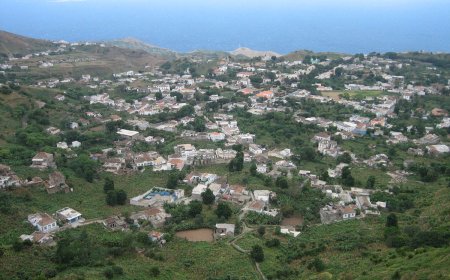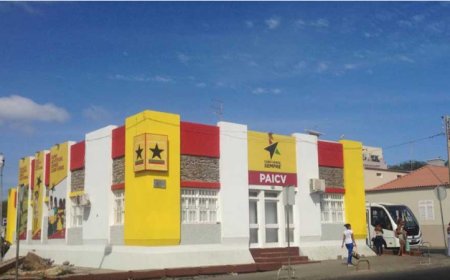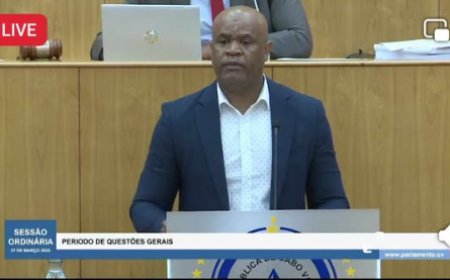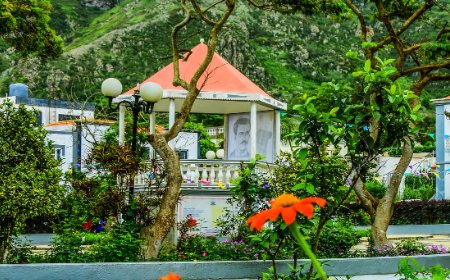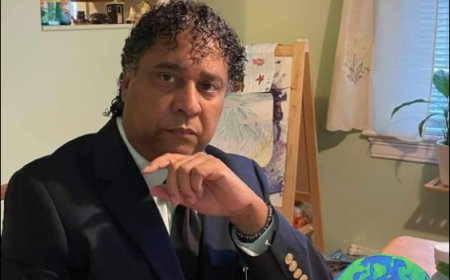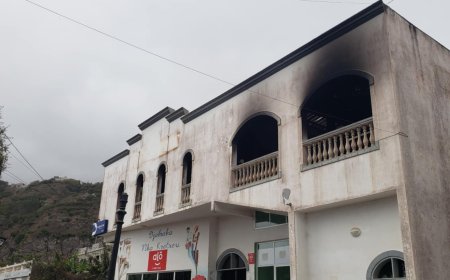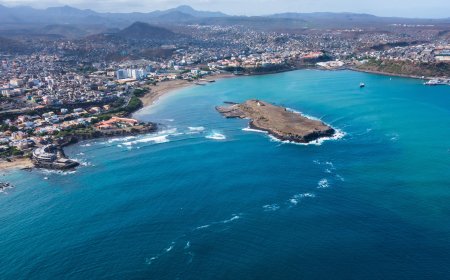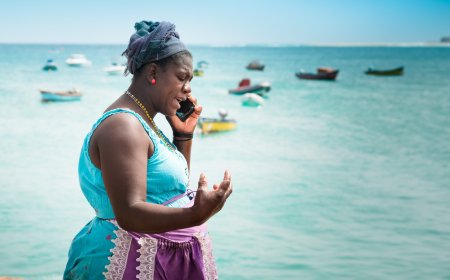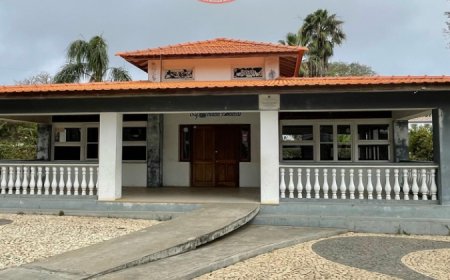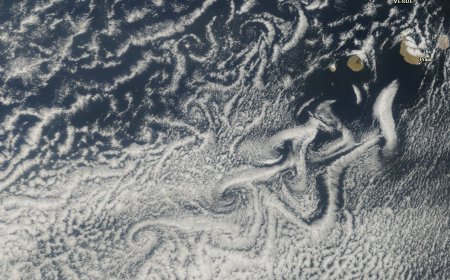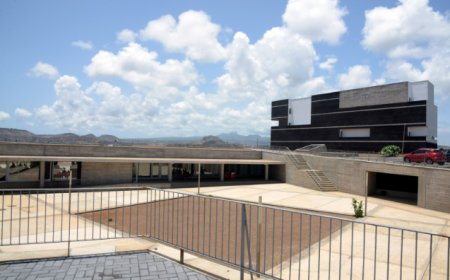Biologist says she believes this is the time to analyze the proposal to create a protected area on Brava
The biologist co-founder of the NGO Lantuna said today that this seems to be the right time to analyze the proposal to create a protected area on Brava Island, even as a matter of equality in terms of conservation.
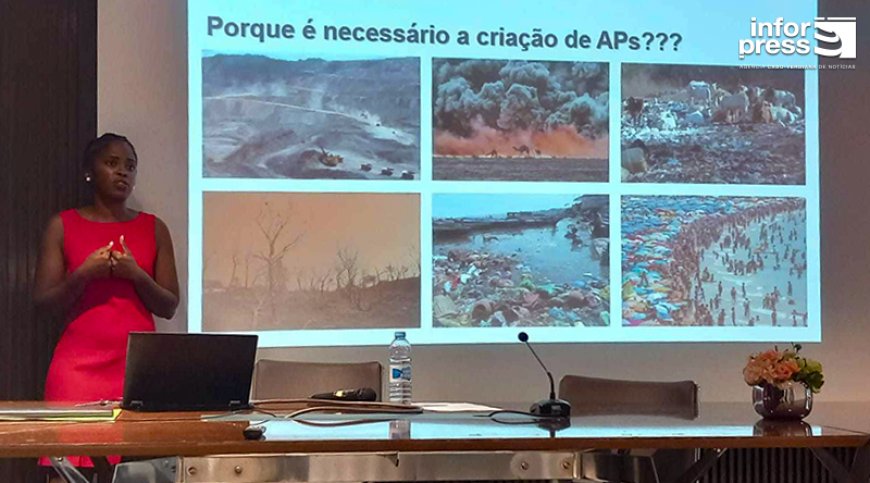
Ana Veiga made these statements in an interview with Inforpress, after a conversation with journalists from the media beneficiaries of the Terra África project, where she spoke of the protected areas in the national territory and pointed out the fact that only Brava Island does not have any protected areas so far.
According to the old technique of the National Directorate for the Environment, Cape Verde has 47 protected areas that are part of the national network, noting that there are protected islets and on all islands there are protected areas, with the exception of Brava which still does not have any.
However, it showed that there are already some initiatives on the part of local NGOs that have already carried out some studies and that there is already basic information that could serve for the elaboration of a proposal for the creation of protected areas on the island.
Asked about the steps that are necessary for this, she explained that if these studies already exist, a proposal will be made and submitted to the environmental authority, that is, the National Directorate for the Environment, which will evaluate it and, if in agreement, may follow up on this proposal by forwarding it to the supervising minister who will then send it to the Council of Ministers for discussion and subsequent approval.
“This is the moment, because as everyone knows there is more and more pressure on natural resources. Brava is a small island but it also has its endemics and, although it has a small population, it has some pressure”, he defended, reinforcing that this is the “key moment” for the creation of this area in Brava, even for the sake of equality.
This environmentalist recognized that the island has potential, therefore, “it also deserves to be part of the national network of protected areas”.
As for the target, which is to achieve 30 percent (%) protection of marine ecosystems and 30% of terrestrial ecosystems, including 10% total protection, by 2030 worldwide, he stressed that Cape Verde, even though it is a small makes its contribution and if there are marine areas close to Brava or any other point of the archipelago, he underlined that Cape Verde is also there contributing to the achievement of this goal by 2030.
And in this regard, he argued that a “djunta-mon” (partnership) is needed to publicize protected areas and encourage their creation, so that there is efficient conservation of these areas, justifying that it is not enough to just create them.
“It is necessary to have efficient management and journalists have a great role in publicizing natural resources, the richness of Cape Verdean biodiversity and contributing to the dissemination of information to communities and to appeal for the conservation of natural resources”, he concluded. .
In February 2022, Non-Governmental Organizations and institutions linked to the protection and conservation of the environment, based on Brava, held a workshop and announced their intention to draw up a proposal and present it to the Government for the creation of protected areas on the island.
At that time, the participants advanced that, from the studies carried out by both Biflores and the Vitó Project, the Fajã d´Água watershed was indicated as "very important" for terrestrial endemic species and there is also the marine part that goes from the bay from Sorno to Tantum.
